Lighting plays a crucial role in creating the ambiance and functionality of any kitchen. As the heart of the home, the kitchen deserves special attention when it comes to lighting design. Modern kitchen lighting not only enhances the aesthetic appeal of the space but also ensures that it is practical and efficient for cooking, dining, and socializing. Let’s find out different modern kitchen lighting ideas that can transform your kitchen into a stylish and well-lit haven.
Pendant Lights: The Stylish Centerpiece
Pendant lights have become a staple in modern kitchen lighting design, and for good reason. These lights hang from the ceiling, often over kitchen islands or dining areas, providing focused illumination and a decorative touch.

Versatile Designs: Pendant lights come in a wide range of designs, from sleek and minimalist to bold and artistic. Whether your kitchen has a contemporary, industrial, or traditional style, there is a pendant light to match.
Functional Illumination: Besides their aesthetic appeal, pendant lights offer practical benefits. They provide direct light where it’s needed most, such as over a kitchen island, making tasks like chopping and cooking easier.
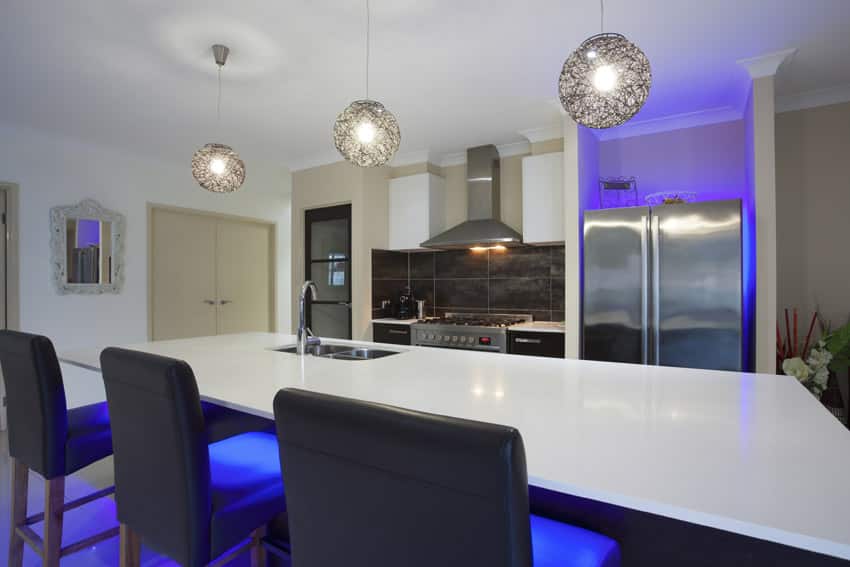
Cluster Arrangements: For a dramatic effect, consider clustering multiple pendant lights. This can create a stunning focal point and add a layer of complexity to your kitchen’s lighting design.
Material Choices: The materials used in pendant lights can greatly influence the look and feel of your kitchen. Metal, glass, and fabric are popular choices, each offering a different vibe.
Adjustable Heights: Many pendant lights come with adjustable heights, allowing you to customize the lighting to suit your needs. This flexibility is particularly useful for kitchens with high ceilings.
Energy Efficiency: Opt for pendant lights with LED bulbs. They are energy-efficient, long-lasting, and available in various color temperatures to suit your kitchen’s ambiance.

Under-Cabinet Lighting: Enhancing Functionality
Under-cabinet lighting is a modern kitchen lighting idea that not only enhances the aesthetics but also significantly improves functionality. This type of lighting is installed beneath upper cabinets, illuminating the countertop workspace.
Task Lighting: Under-cabinet lights provide excellent task lighting, making it easier to see what you’re doing when preparing food. This reduces shadows and brightens up the workspace.
Subtle and Sleek: These lights are subtle and do not take up space, contributing to a sleek and modern kitchen look. They can be seamlessly integrated into the design without being intrusive.
LED Strips and Pucks: The most common types of under-cabinet lights are LED strips and pucks. LED strips provide continuous light, while pucks offer concentrated spots of light.
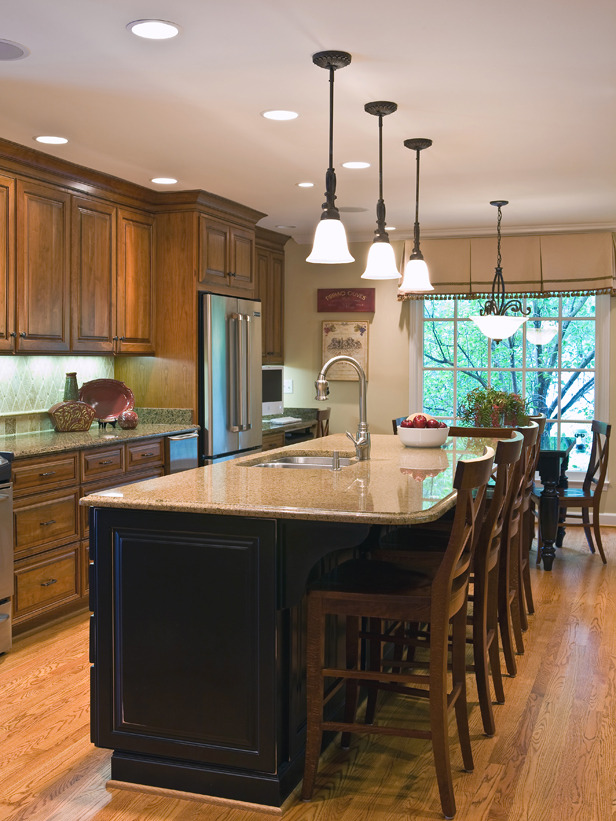
Color Temperature: Choosing the right color temperature is crucial. Cool white light is ideal for task lighting, while warm white can create a cozy ambiance for evening meals.
Dimming Options: Dimmable under-cabinet lights add versatility. You can adjust the brightness to suit different activities, from food prep to creating a relaxed dining atmosphere.
Energy Efficiency: Like pendant lights, opting for LED under-cabinet lights is a smart choice. They are energy-efficient and have a long lifespan, making them a sustainable option.
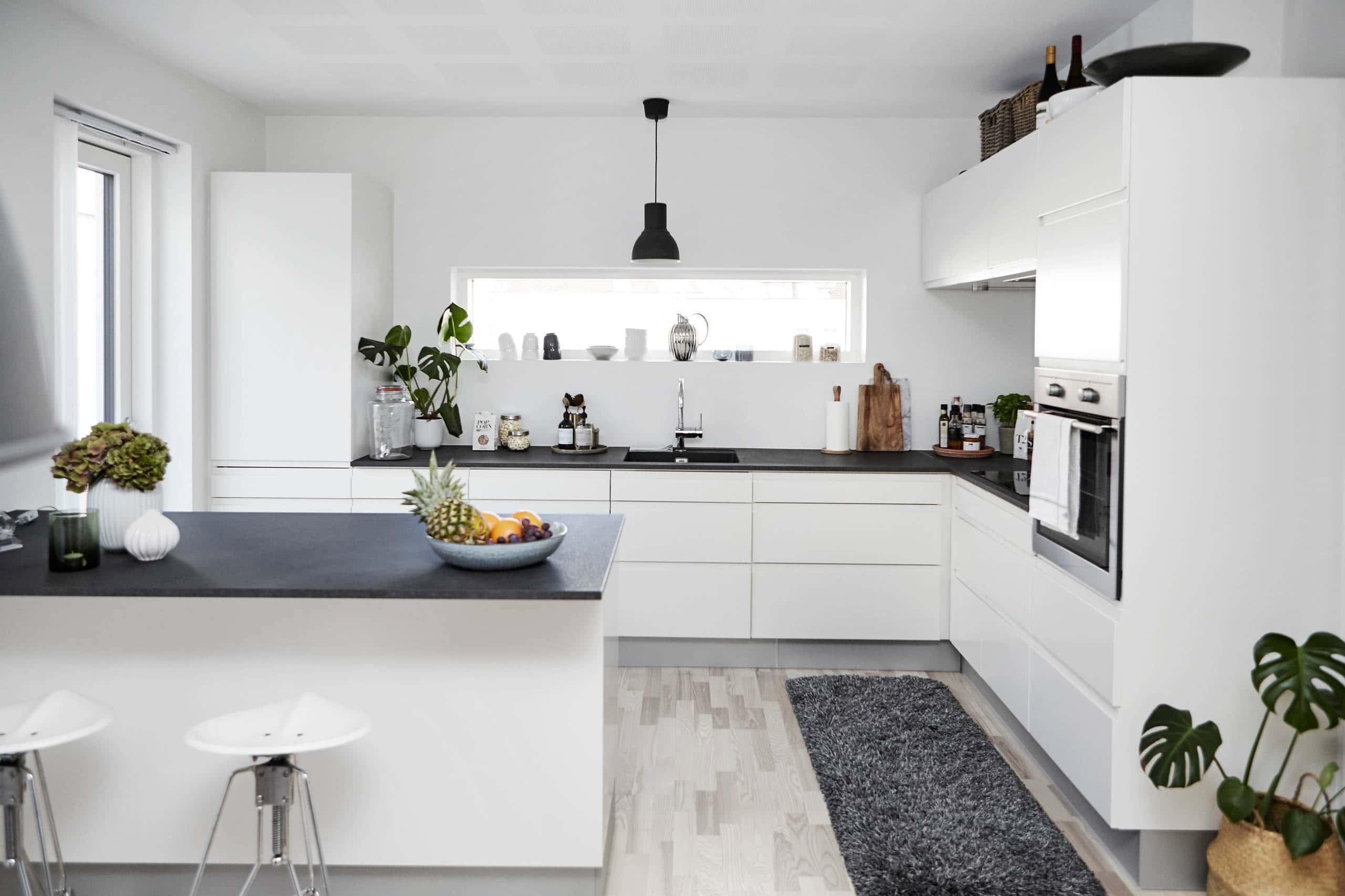
Recessed Lighting: Clean and Contemporary
Recessed lighting, also known as can lights or downlights, is a popular choice for modern kitchens. These lights are installed into the ceiling, providing a clean and unobtrusive look.
Minimalist Design: Recessed lights offer a minimalist design that blends seamlessly with the ceiling, making them ideal for modern and contemporary kitchens.
Uniform Illumination: They provide uniform illumination across the kitchen, ensuring that every corner is well-lit. This is particularly useful in larger kitchens where even lighting is essential.
Accent Lighting: Besides general lighting, recessed lights can also be used as accent lighting. They can highlight architectural features, artwork, or specific areas like the sink or stove.
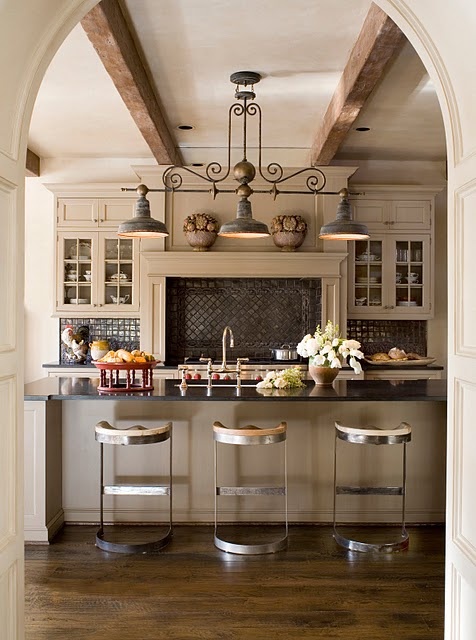
Directional Options: Some recessed lights are adjustable, allowing you to direct the light where it’s needed most. This flexibility can enhance the functionality and aesthetics of your kitchen.
Energy Efficiency: LED recessed lights are energy-efficient and have a longer lifespan compared to traditional incandescent bulbs. They also produce less heat, making them safer for prolonged use.
Installation Considerations: Installing recessed lighting requires some planning, especially regarding the placement and spacing. It’s often best to consult with a professional to achieve optimal results.

Smart Lighting: Convenience and Customization
Smart lighting technology has revolutionized modern kitchen lighting, offering convenience, customization, and energy savings. With smart lighting, you can control the lights using your smartphone or voice commands.
Remote Control: One of the biggest advantages of smart lighting is the ability to control your kitchen lights remotely. Whether you’re in another room or away from home, you can adjust the lighting with ease.
Voice Activation: Integration with voice assistants like Alexa, Google Assistant, or Siri allows you to control the lights with simple voice commands. This is particularly handy when your hands are full.
Customizable Scenes: Smart lighting systems allow you to create customizable scenes for different activities. You can set a bright scene for cooking and a dimmer, cozier scene for dining.

Scheduling and Automation: You can schedule your lights to turn on or off at specific times, enhancing energy efficiency and providing added security. Some systems also have motion sensors for automatic activation.
Color Changing Options: Some smart lights offer color-changing options, allowing you to set different moods with a variety of colors. This can be fun for entertaining or creating a specific ambiance.
Energy Monitoring: Many smart lighting systems come with energy monitoring features, helping you track and reduce your electricity usage. This is beneficial for both the environment and your wallet.
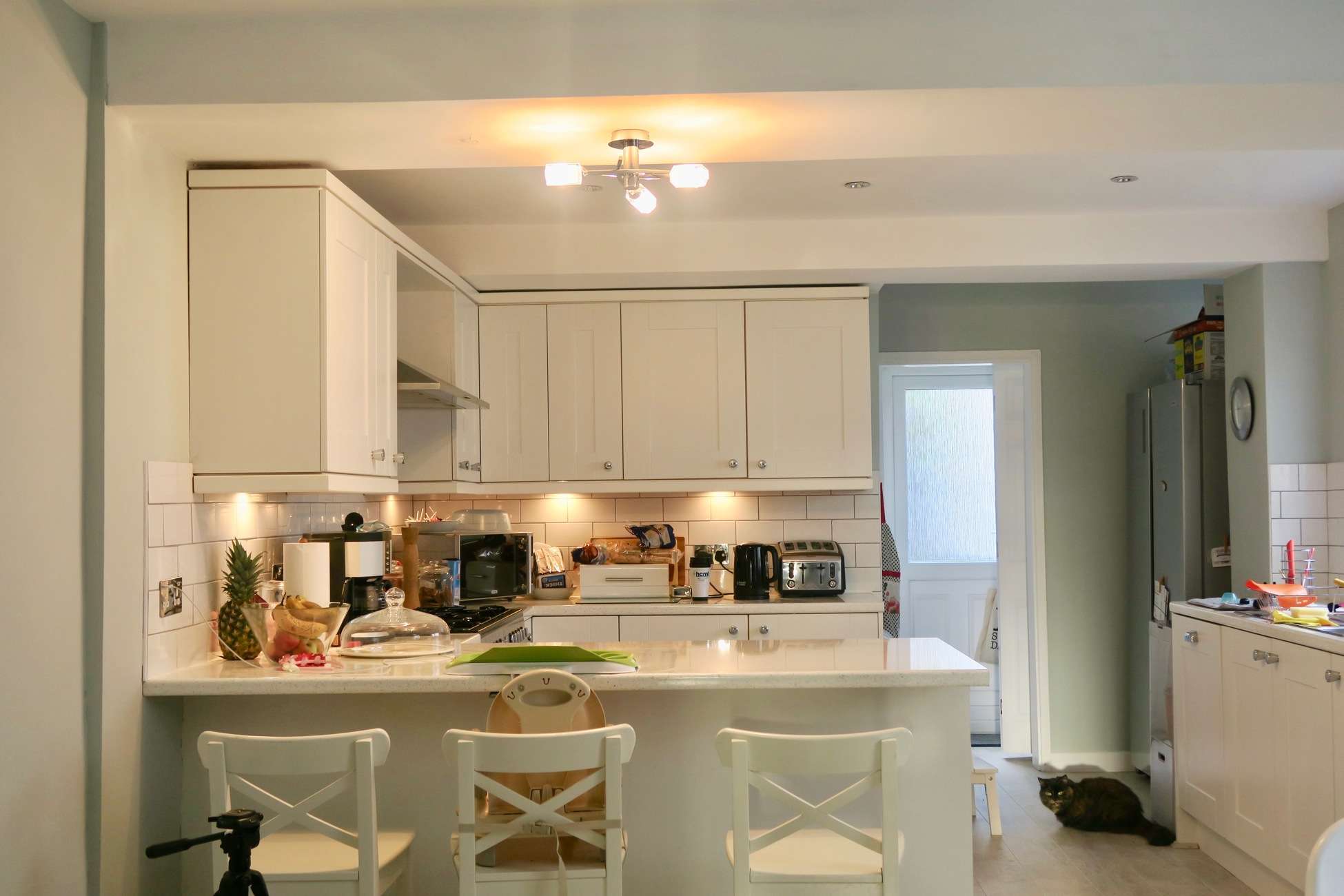
Chandeliers: Making a Statement
Chandeliers are not just for dining rooms and entryways. They can be a stunning addition to modern kitchens, adding a touch of elegance and sophistication.
Bold Design: Modern chandeliers come in a variety of bold and unique designs that can serve as a statement piece in your kitchen. They can range from minimalist to extravagant.
Focal Point: A chandelier can serve as a focal point in the kitchen, drawing the eye and adding visual interest. It’s a great way to add personality to the space.
Versatility: While traditionally associated with formal spaces, modern chandeliers can fit into various kitchen styles, including contemporary, industrial, and rustic.
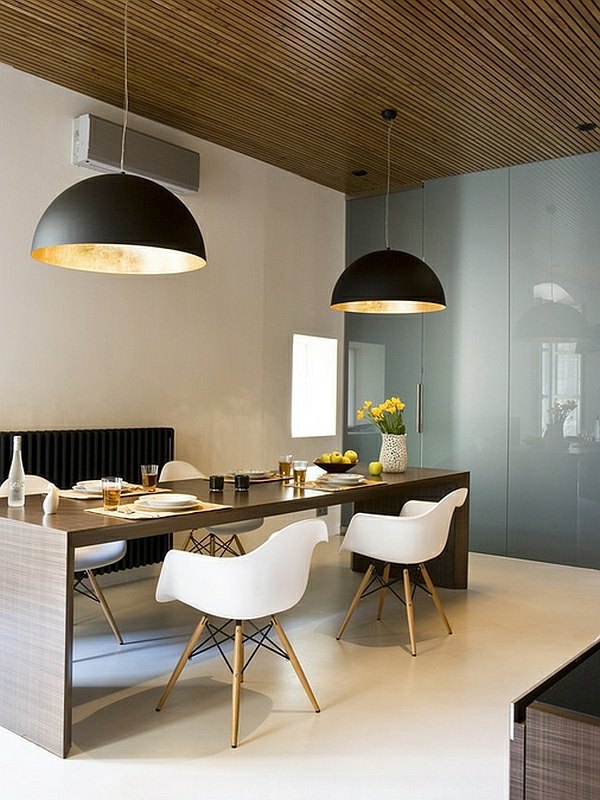
Ambient Lighting: Chandeliers provide excellent ambient lighting, creating a warm and inviting atmosphere. They are perfect for kitchens that double as dining areas or social spaces.
Layering Light: To achieve the best lighting design, it’s important to layer your lighting. Combining a chandelier with other types of lights, like recessed or under-cabinet lighting, ensures balanced illumination.
Dimmer Switches: Installing a dimmer switch allows you to adjust the brightness of the chandelier, providing flexibility for different occasions and times of day.
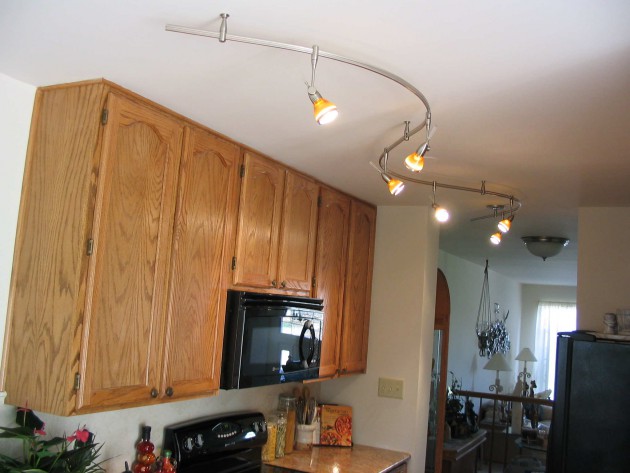
Under-Counter Lighting: Innovative and Practical
Under-counter lighting is a modern kitchen lighting idea that adds both innovation and practicality to your kitchen design. This type of lighting is installed under kitchen counters, illuminating the lower cabinets and floor.
Enhanced Visibility: Under-counter lights improve visibility in areas that are often overlooked, such as lower cabinets and drawers. This makes it easier to find items stored below the counter.
Safety: By illuminating the floor, under-counter lights enhance safety, especially in low-light situations. This is particularly useful in households with children or elderly members.
Aesthetic Appeal: Under-counter lighting adds a touch of sophistication and can highlight the design features of your kitchen cabinets and flooring.
LED Strips: LED strips are a popular choice for under-counter lighting. They are flexible, easy to install, and available in various lengths and colors.
Color Temperature: Choosing the right color temperature for under-counter lights is important. Cool white light is ideal for task areas, while warm white creates a cozy ambiance.
Energy Efficiency: As with other modern lighting options, LED under-counter lights are energy-efficient and have a long lifespan, making them an eco-friendly choice.
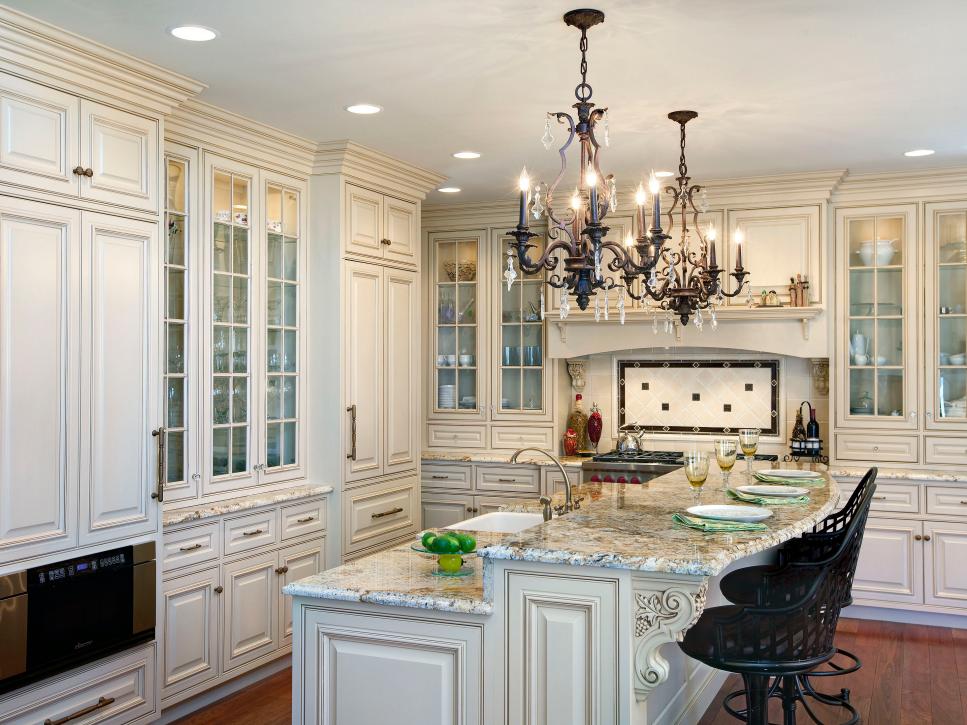
Common Mistakes to Avoid
When it comes to modern kitchen lighting, some common mistakes can detract from the overall design and functionality of the space. Here are a few to watch out for:
Overlooking Task Lighting: One of the biggest mistakes is neglecting task lighting. Ensure that areas like the countertop, stove, and sink are well-lit to make cooking and food preparation easier.
Improper Light Placement: Poor placement of lights can lead to shadows and uneven lighting. It’s important to plan the placement of each light carefully to achieve balanced illumination.
Ignoring Dimming Options: Not installing dimmers is a missed opportunity for flexibility. Dimmers allow you to adjust the brightness to suit different activities and create the desired ambiance.
Choosing the Wrong Color Temperature: The color temperature of your lights can significantly affect the mood of your kitchen. Make sure to select the appropriate color temperature for each area.
Inadequate Layering: Relying on a single type of lighting can result in a flat and uninviting space. Layering different types of lights, such as ambient, task, and accent lighting, creates depth and interest.
Neglecting Energy Efficiency: Opting for energy-efficient lighting options like LEDs not only saves money on electricity bills but also reduces environmental impact. Avoid using outdated, energy-hogging bulbs.

What is the best type of lighting for a kitchen?
The best type of lighting for a kitchen is a combination of ambient, task, and accent lighting. Ambient lighting provides overall illumination, task lighting focuses on work areas, and accent lighting highlights specific features. Using a mix of these types ensures a well-lit, functional, and aesthetically pleasing kitchen.
How many lumens do I need for kitchen lighting?
The number of lumens needed for kitchen lighting depends on the size and layout of the kitchen. Generally, you’ll need about 70-100 lumens per square foot. For example, a 100-square-foot kitchen would require 7,000 to 10,000 lumens. Task areas, such as countertops, may require additional lighting to ensure adequate brightness.
Can I use smart lighting in my kitchen?
Yes, smart lighting is an excellent choice for modern kitchens. It offers convenience, customization, and energy efficiency. With smart lighting, you can control the lights remotely, set schedules, create scenes, and even change colors to suit your mood or activity. Integration with voice assistants adds an extra layer of convenience.
How can I make my kitchen lighting more energy-efficient?
To make your kitchen lighting more energy-efficient, consider using LED bulbs, which consume less energy and have a longer lifespan compared to traditional incandescent bulbs. Additionally, installing dimmer switches and using smart lighting systems can help reduce energy consumption by allowing you to adjust the brightness and schedule lights to turn off when not needed.
What are the latest trends in modern kitchen lighting?
Some of the latest trends in modern kitchen lighting include the use of pendant lights, under-cabinet lighting, and smart lighting systems. Pendant lights are popular for their stylish designs, while under-cabinet lights improve functionality and aesthetics. Smart lighting offers customization and convenience. Additionally, there is a growing trend towards energy-efficient lighting solutions, such as LEDs.
How do I choose the right color temperature for my kitchen lights?
Choosing the right color temperature for your kitchen lights depends on the function of the area. For task lighting, such as over countertops, a cooler color temperature (4000K-5000K) is ideal as it provides a bright, white light that enhances visibility. For ambient lighting, a warmer color temperature (2700K-3000K) creates a cozy and inviting atmosphere. Consider using adjustable or tunable lights that allow you to change the color temperature based on your needs.

Related Posts:
- Puck Lights For Kitchen Cabinets
- Cream Kitchen Ceiling Lights
- Kitchen Hood Light Fixtures
- Old Fashioned Kitchen Lights
- Kitchen Cabinet Lighting Ideas Pictures
- Mediterranean Kitchen Lighting
- Kitchen Light Bulbs Keep Burning Out
- Cheap Kitchen Ceiling Lights
- Craftsman Style Pendant Kitchen Light
- How To Space Recessed Lights In Kitchen